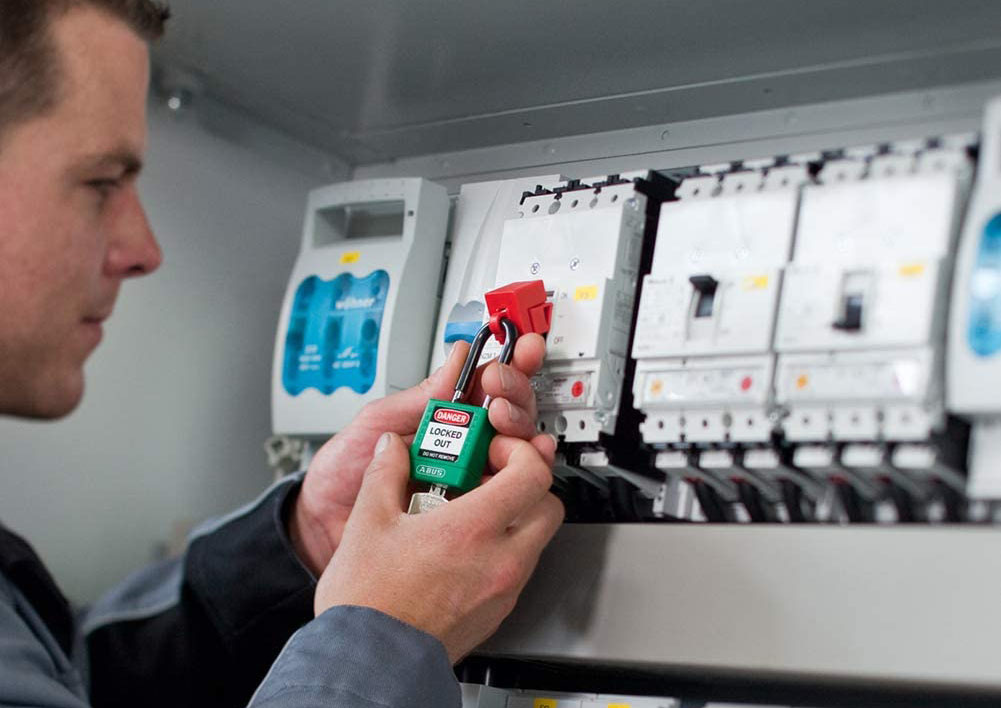Lockout-Tagout Procedures: Keep it simple and safe
- Posted on
- Posted in lockout tagout, lockout tagout procedure, loto procedures
- 0

Gravity is often overlooked as a potentially dangerous form of energy. But it definitely is an energy force that should be considered. For example, if you lay beneath a car during repair work, you are probably aware of the 2000Kg of metal hanging right above you. When you're smart, you rely not only on a floor jack but also on a jack stand in case the jack hydraulics fail. Gravity can simply not be turned off, but you have to take it into consideration when creating a safe work environment.
Industry Leading Practices for Lockout-Tagout Security
Regardless of your role in the organization, whether you are a safety manager, maintenance engineer, or the person with ultimate responsibility, it is important to be familiar with the following effective Lockout-Tagout procedures and the associated machine-specific procedures.
Keep it simple
Focus on the user, not the safety guidelines. You can write the most complete and detailed LOTO procedure, but if the users don't understand it, it misses its mark.
Consistency is key
Factories can have thousands of different components, and each has its own procedure. Try to simplify the procedures by being consistent in the way all the energy sources are labelled and how different stages of the procedure are defined.
Enforce responsibility
Make sure employees periodically receive safety training and coaching and that the safety requirements are assessed at all levels within the organization. Even if the procedures and safety components are accordingly provided, when there happens an occupational accident because an employee is not properly trained or supervised in the use of machines and procedures, it is still your responsibility.
Tryout
There are endless examples where the LOTO procedure was followed correctly, but where, for example, defect equipment isn’t noticed or people sustained injuries because the last and most important step of Lockout-Tagout, called Tryout, is not followed. Always verify that all energy sources are controlled and that there is no residual energy left.
There is no need to make Lockout-Tagout procedures unnecessarily complicated. When a company accident is reported that involves machines or energy sources, there is a good chance that vital parts of Lockout-Tagout have been missed while carrying out work.
For inventories, analyzes, training or implementation of your lockout-tagout program, please contact one of our specialists via [email protected]



















Comments
Be the first to comment...